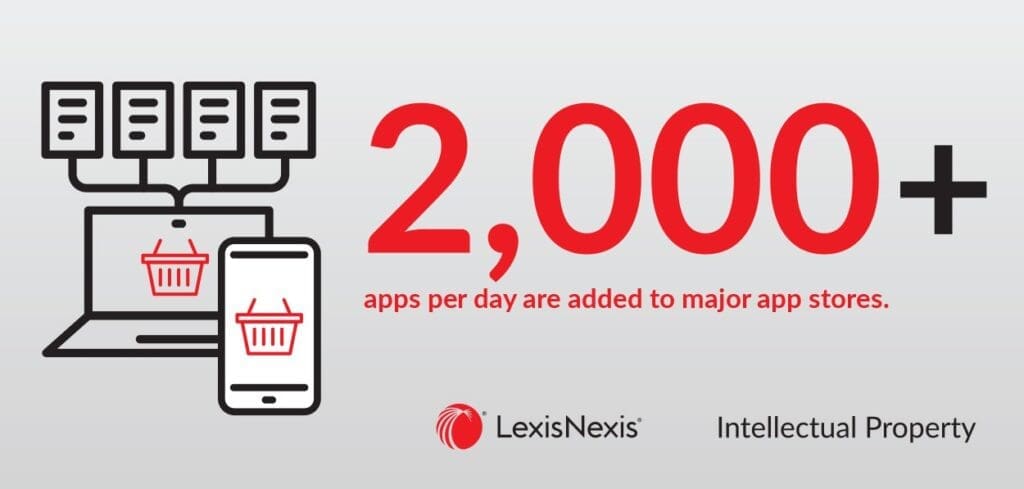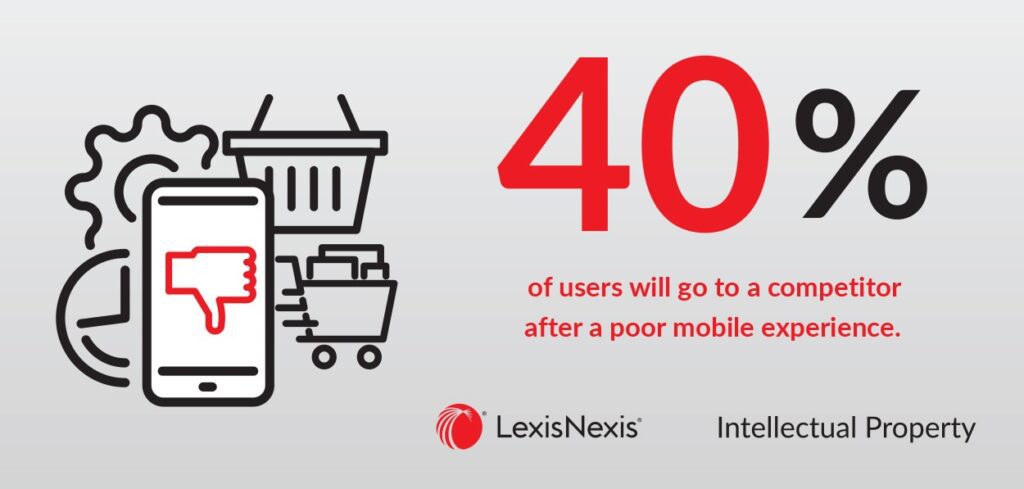Omnichannel Fraud: 3 Intellectual Property Threats on the Web

Today’s digital landscape offers brands powerful tools to engage with their customers. Organizations use digital channels for E-commerce, customer services, marketing, and beyond creating touchpoints all across the web. This drives ease of doing business but it also provides more opportunities than ever before for intellectual property threats by cybercriminals—a costly problem with long-term consequences for the brand’s reputation.
There are sophisticated networks of bad actors who hijack brands for financial gain, costing brands billions annually. The issues range from IP/Domain abuse, copyright and trademark abuse, fakes and counterfeits, and agreement violations. The issues vary, but the consequences are the same: lost revenue and sales online, long-term damage to the brand’s reputation, increased marketing, and advertising spend, and a tarnished customer experience. Brands can spend millions of dollars and years building back consumer trust.
The good news is that there are tools and resources brands can utilize to protect themselves from intellectual property threats. The first tool is information, let’s take a deeper look at the ways that scammers conspire to steal from organizations across the web.
Digital abuses: simple and sophisticated
Three common digital areas have both sophisticated and simple threat tactics nested within them: social media, mobile and app fraud, and domain abuse.
1. Social media
The advent of social media became a revolutionary way for brands to connect and communicate with their customers. Social media is a powerful marketing tool as well as an ideal place to launch new products with some brands even favoring it as a customer service mechanism. While brands quickly realized the advantages that social media drive, so did scammers who developed intellectual property threats.
Social media accounts are free and easy to set up which makes them a simple way for bad actors to abuse your brand. Fake social media accounts mimic well-known brands or imply some association with a trusted brand. These fake accounts can cause consumer confusion and are used to redirect legitimate traffic to illegitimate sites. Some of these sites may be used for phishing, aimed at tricking consumers into sharing their login credentials and financial information. Others might be used to sell substandard goods or counterfeits, resulting in consumer harm and revenue loss. Still, others might be used to help spread malware and viruses.

2. Mobile apps
Branded mobile apps have become a popular and personalized way for brands to engage with their customers. It’s estimated that there are 2000 new apps per day introduced into the major app stores each day. Unfortunately, mobile app abuse is the most rampant and the most severe of the intellectual property threats. Inauthentic or infringing apps also known as “Spoof Apps” are the fastest-growing type of digital fraud with 29% of apps attributed to being fake. The driver behind this explosion of fraud is how easy it’s become to write, design, and distribute apps. Anyone can do it–and they do.
Fake mobile apps are created to serve fake ads, siphon off user personal and financial information. There’s even a subset of these apps that are created by fans to add a layer of digital interaction with your brands like stickers and filters. While these infringing apps aren’t malicious, they divert traffic from your legitimate app and cause confusion to your customer base. Data shows that 40% of users will go to a competitor after a bad mobile experience – that adds up to a mountain of lost e-commerce revenue.

3. Domains and websites
Another easy yet hard-to-detect way that bad actors are hijacking brands is through domain and website abuse. One way is through what’s known as domain squatting. Cybersquatters buy all of the variations of your legitimate domain with the intent to re-route your traffic for their nefarious purposes. Whether that’s setting up a fake marketplace to sell counterfeits or to generate clicks and views in fake advertising traps, they are profiting off of their intellectual property threats and brand confusion.
They can also use your brand name for more serious pursuits like phishing and malware. Look no further than the beginning of the COVID-19 pandemic which became a field day for abusers to exploit web traffic. As we all pivoted to a remote environment scammers targeted the popular video conferencing platform Zoom and their users.
In a webinar hosted by the Cyber Tech Accord, Greg Aaron from Illumintel stated there were 1,054 attacks against Zoom in April of 2020. The majority of these attacks were phishing attacks disguised as fake meeting notifications. Others were links offering victims malware disguised as software downloads.
The stakes are high for your brand and there’s nothing off-limits to attackers, even a pandemic. Brands and their customers both suffer from the effects of fraud. You aren’t alone in this fight and with the right combination of people, technology and workflows brands can fight back against attacks across the omnichannel spectrum.
Explore traditional vs. modern online brand protection technologies to prevent intellectual property threats.
Learn how the EUIPO is powering more protection for rights holders.
To learn more about what specific actions you can take to protect your brand against intellectual property threats, download the whitepaper, Defending Brands, New Realities New Partnerships.
